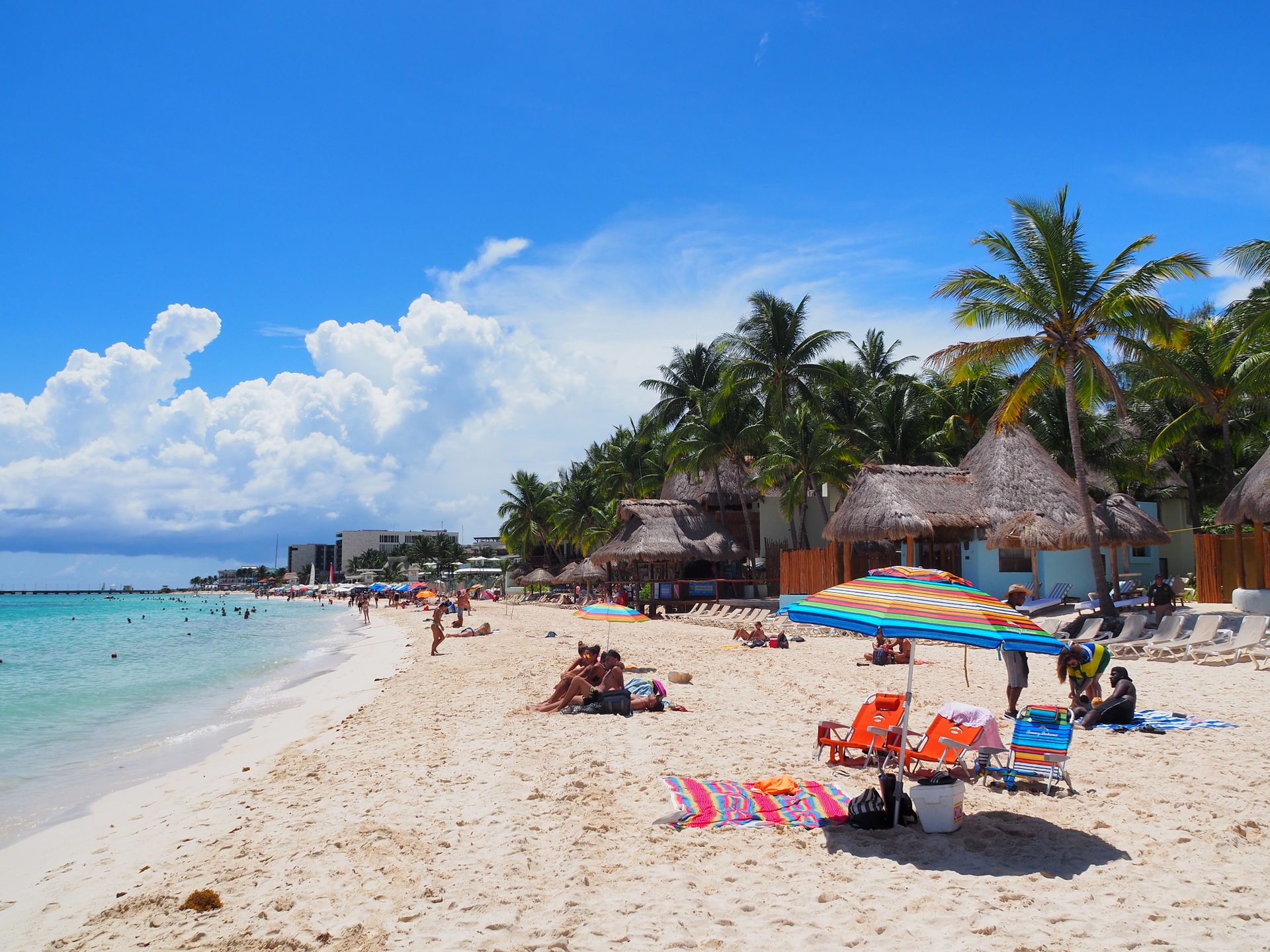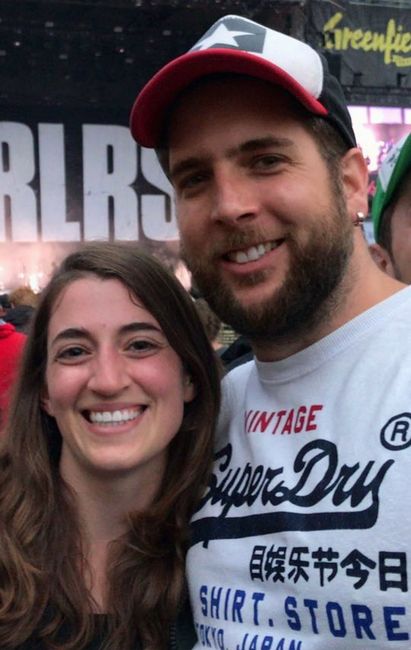
Auszeit - Reise Richtung Osten
vakantio.de/auszeit-reise-richtung-osten
Tokyo, the largest metropolis in the world
Publikovaný: 06.08.2019
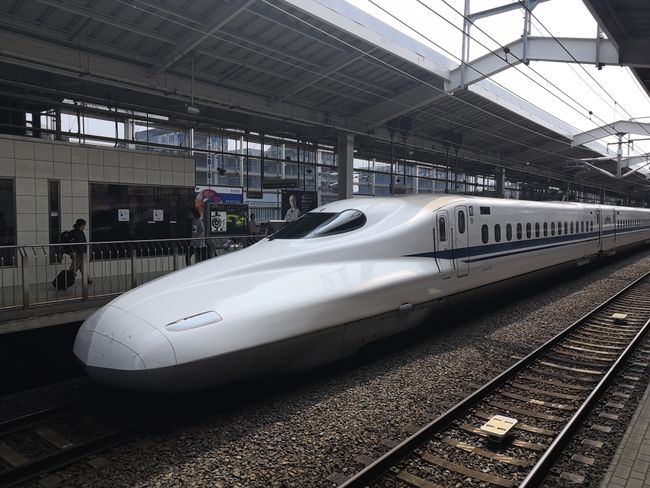
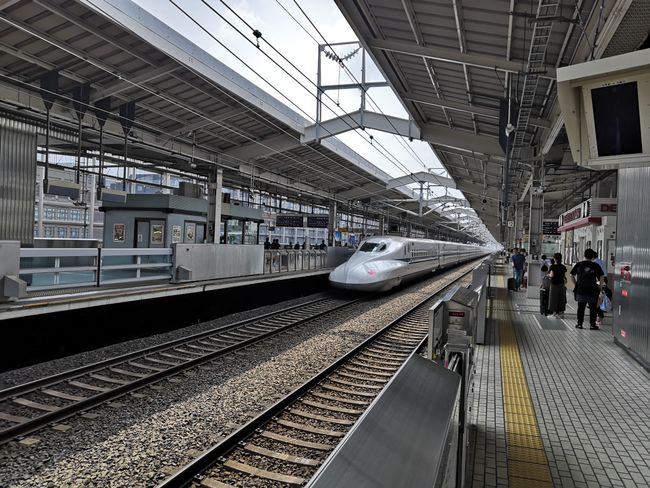
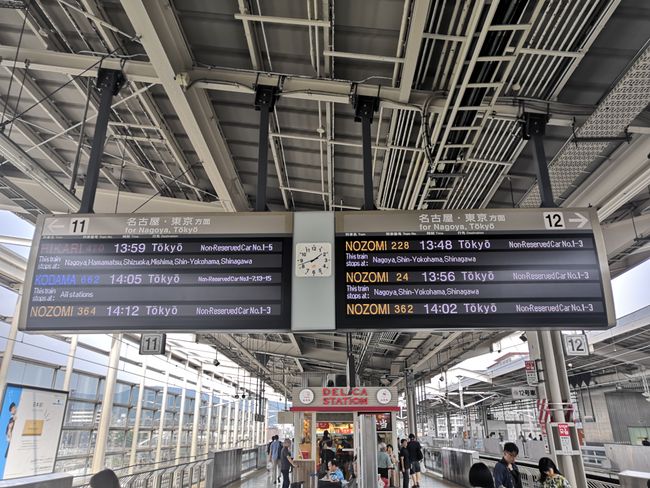
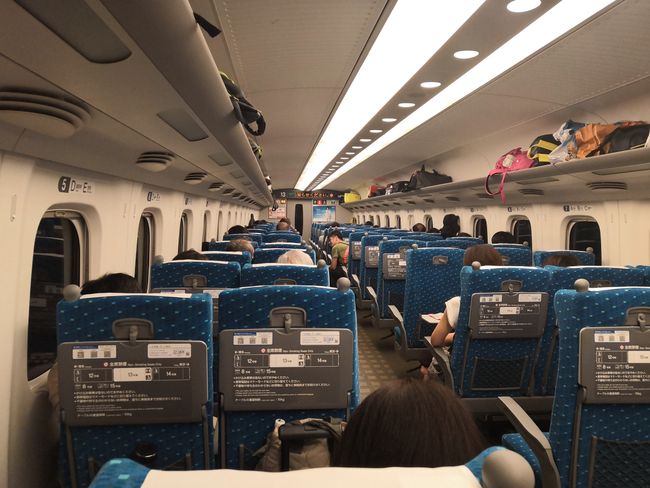
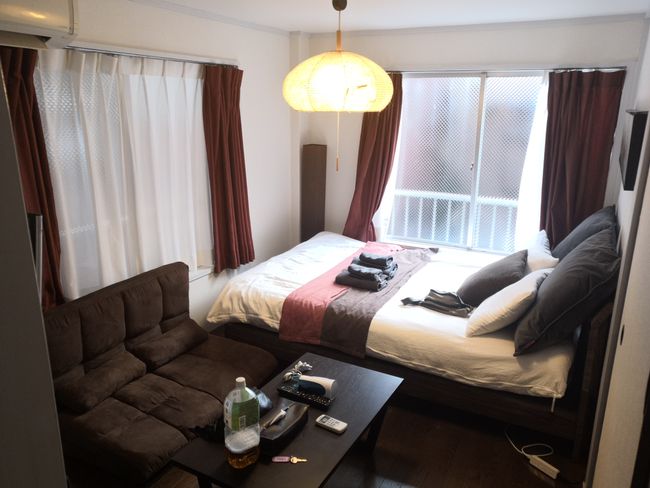
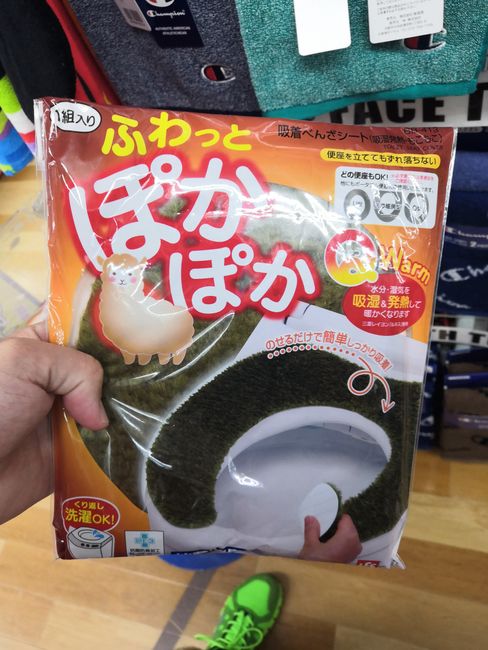
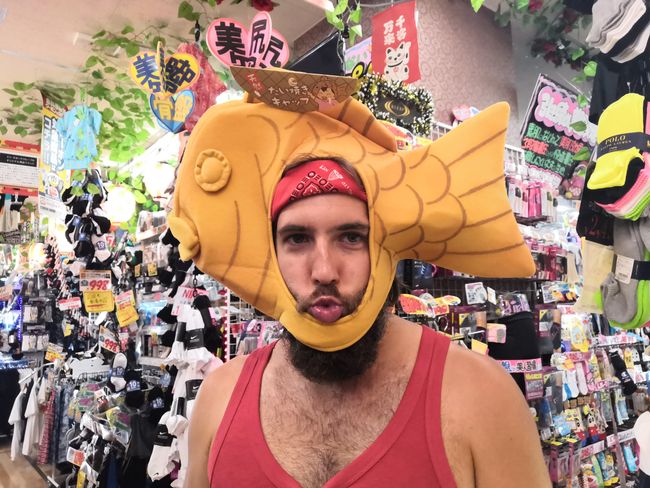
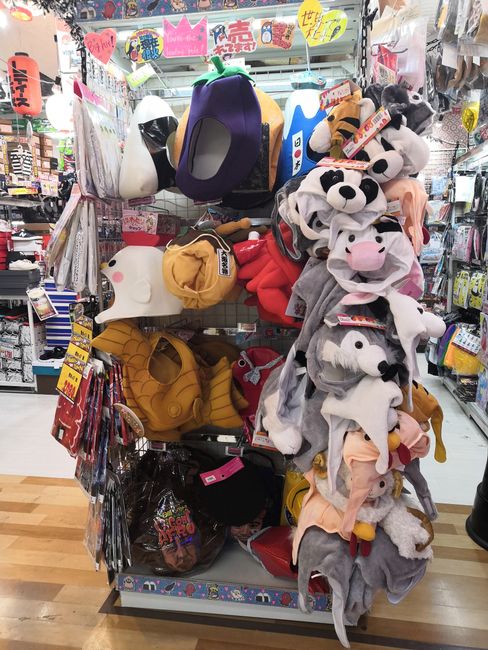
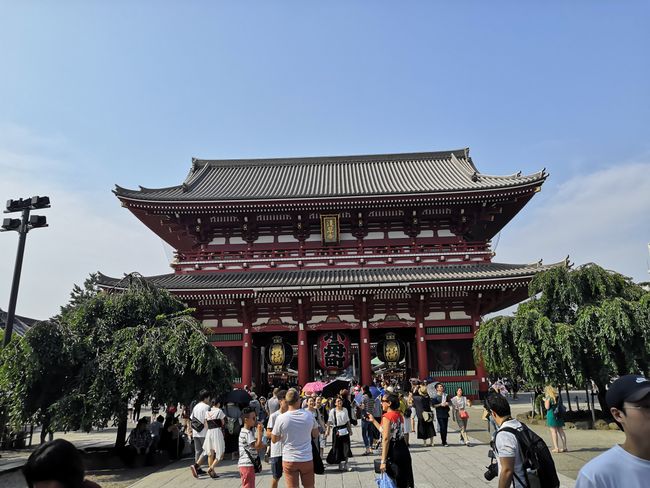
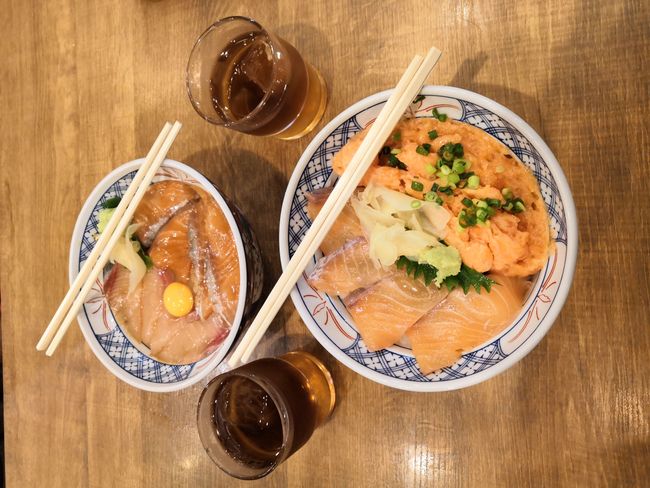
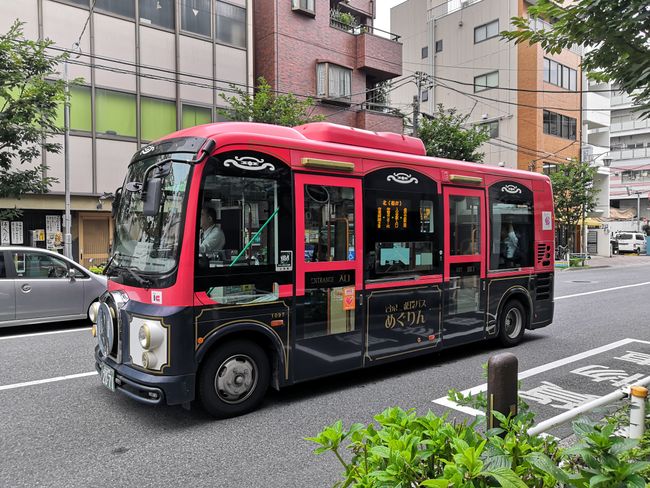
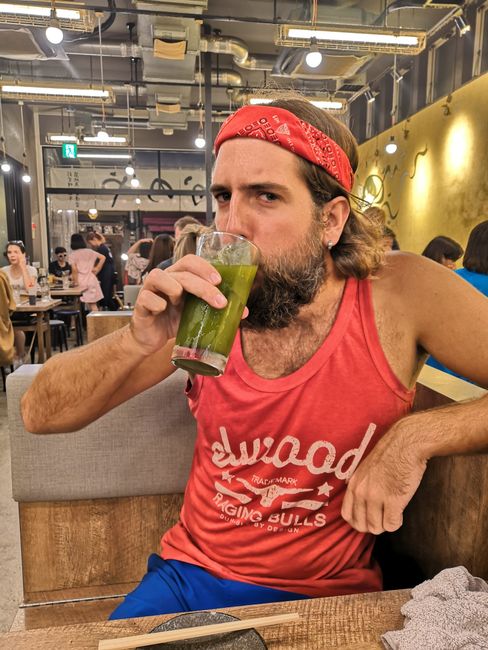
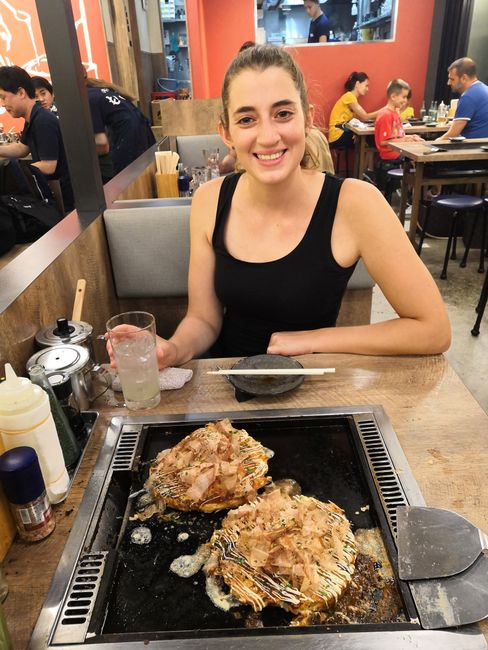
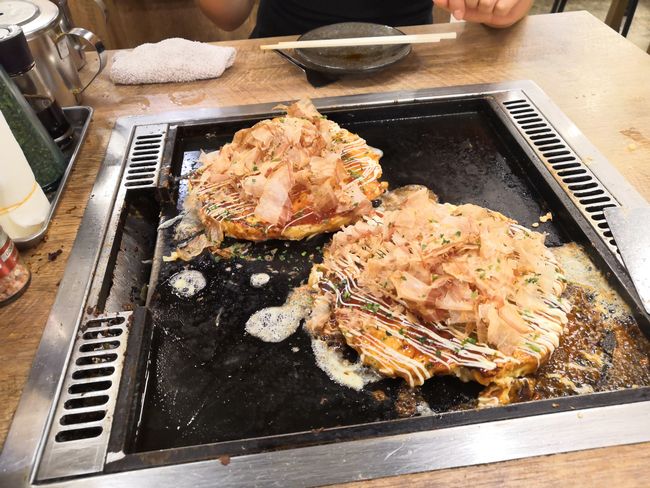
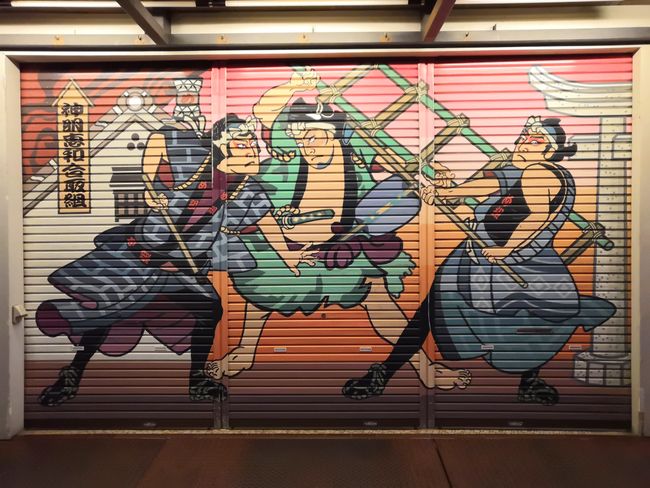
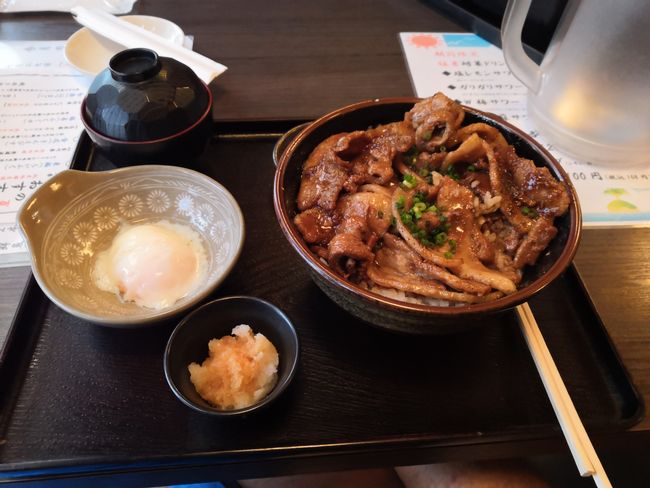
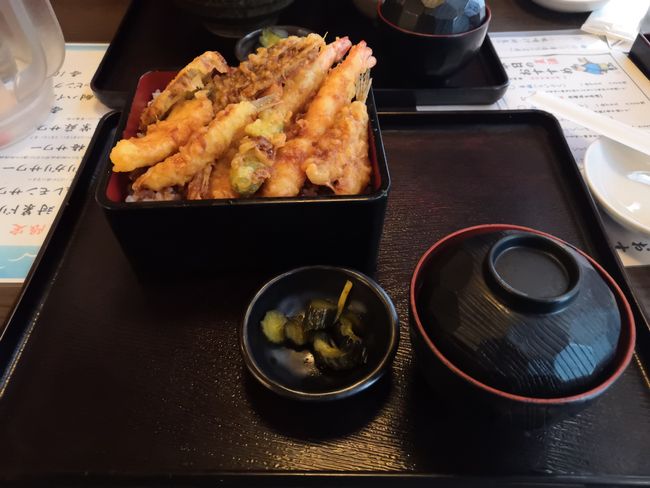
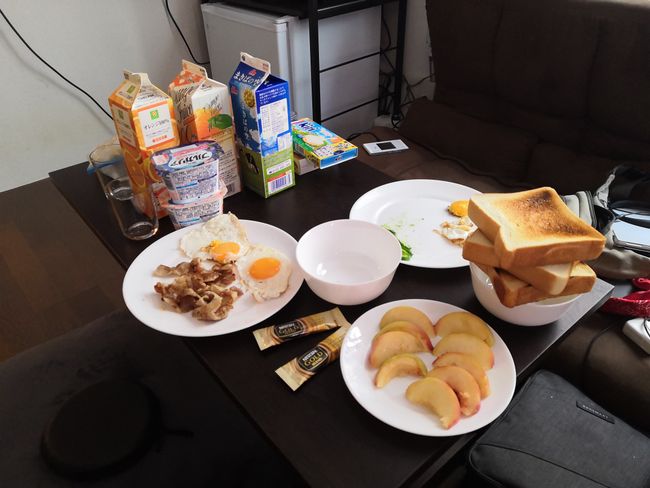
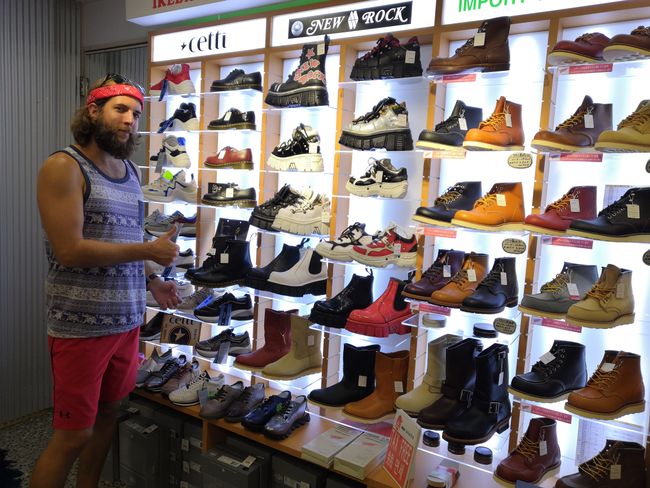
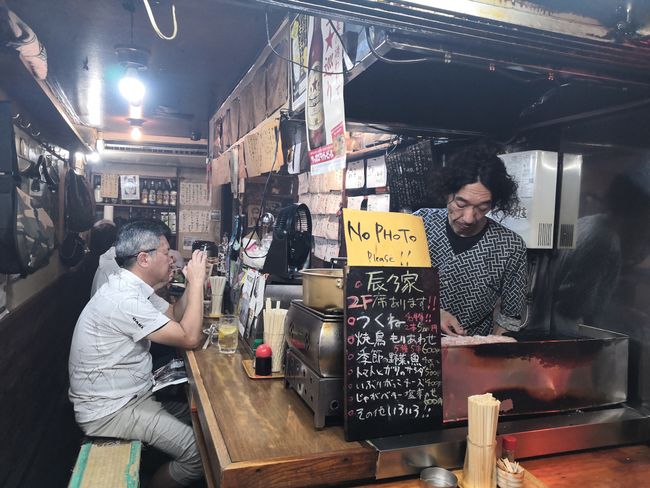
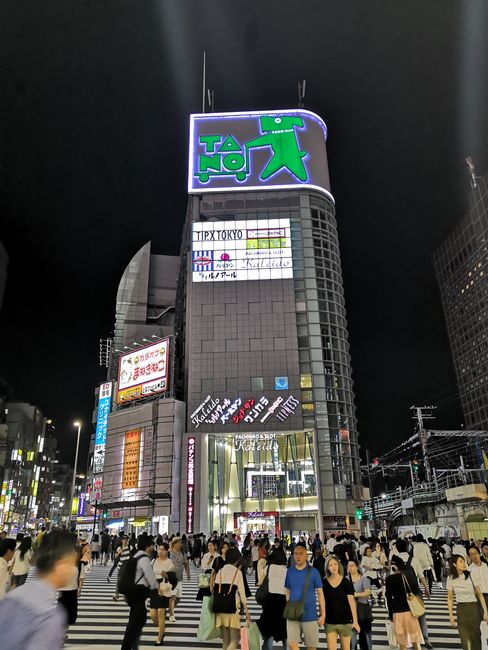
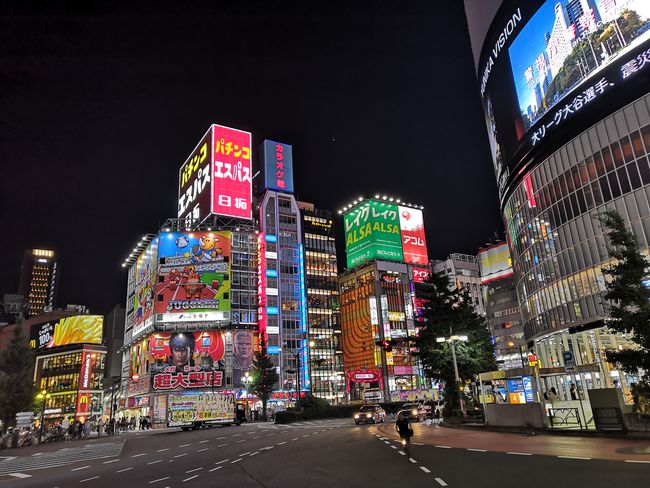
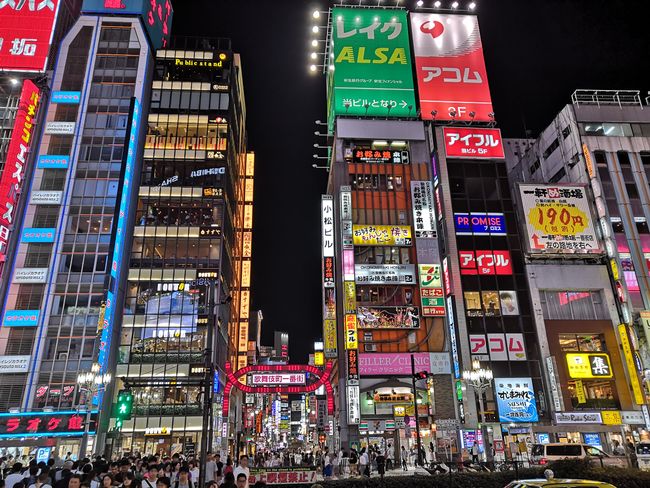
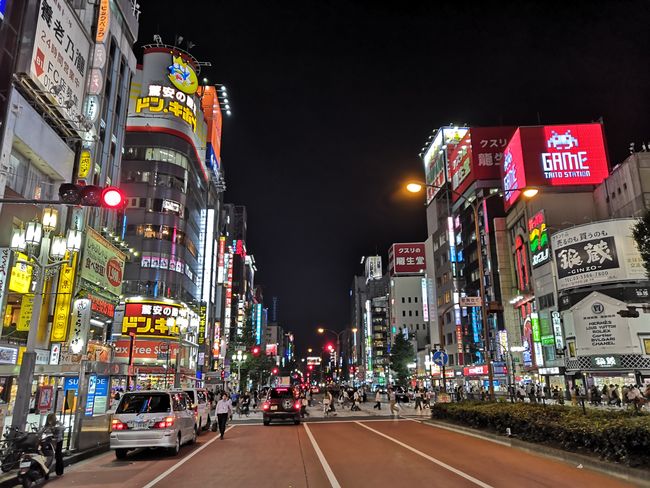
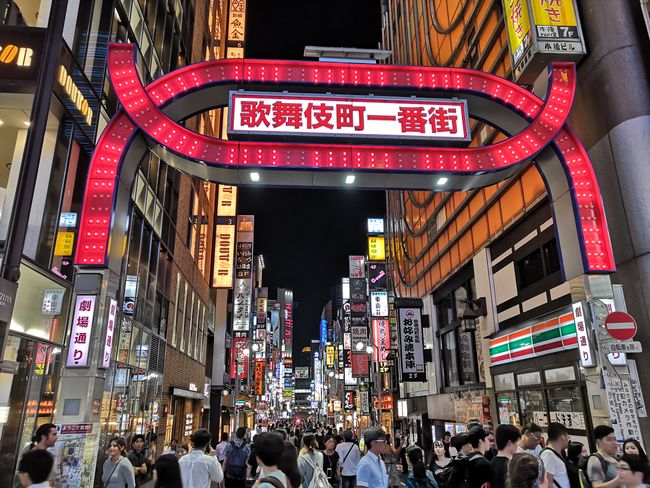
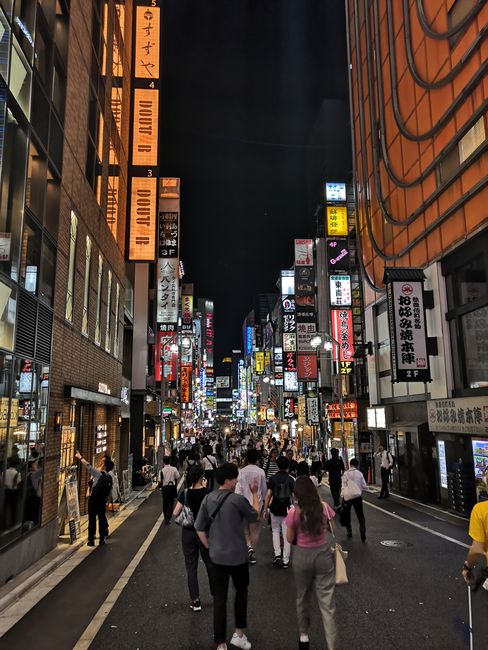
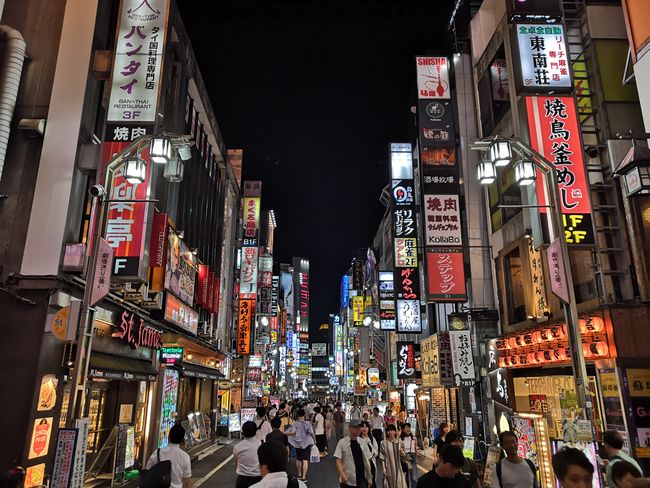
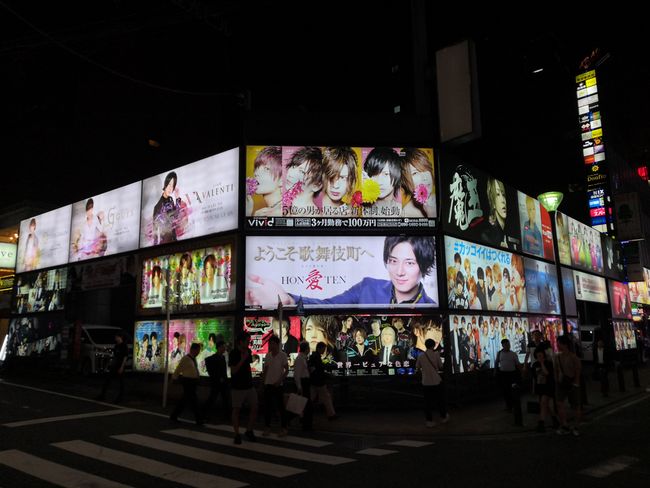
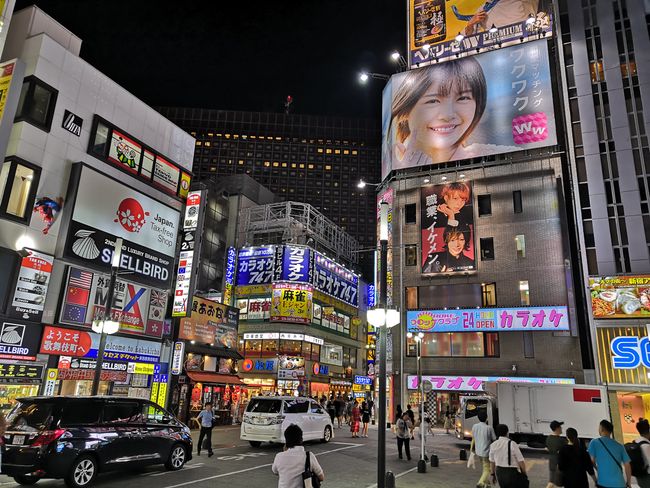
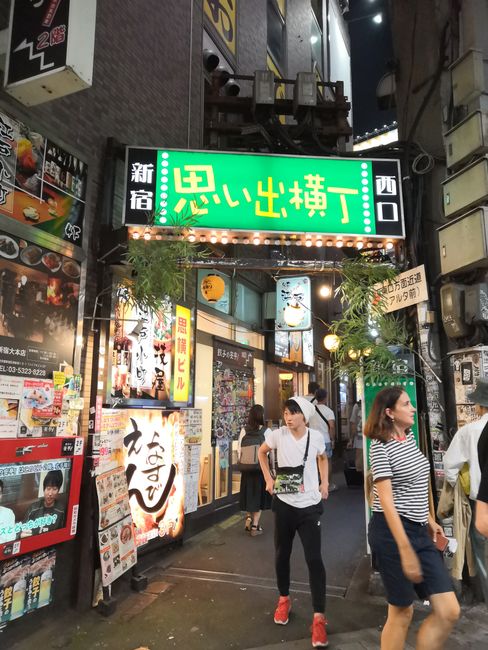
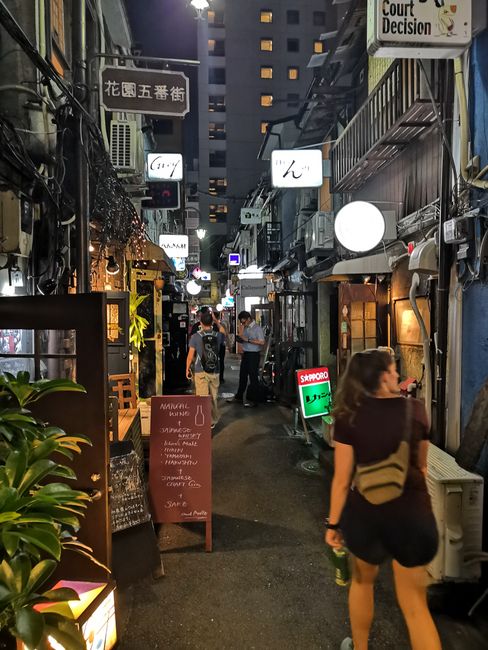
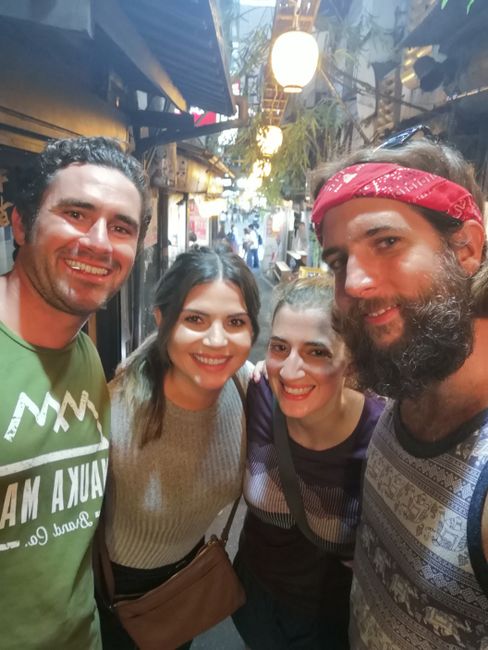
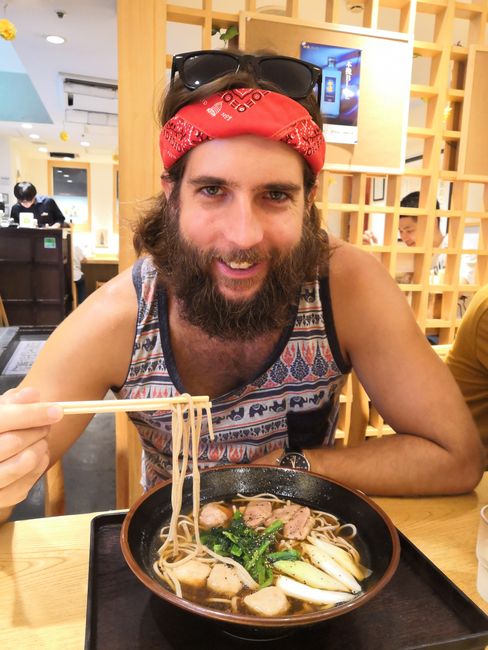
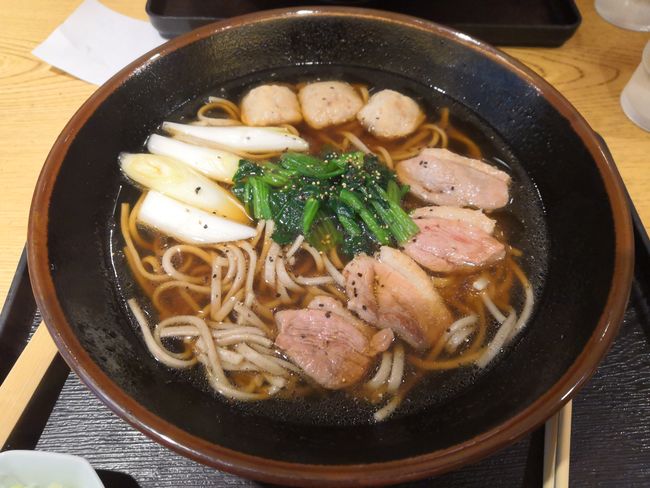
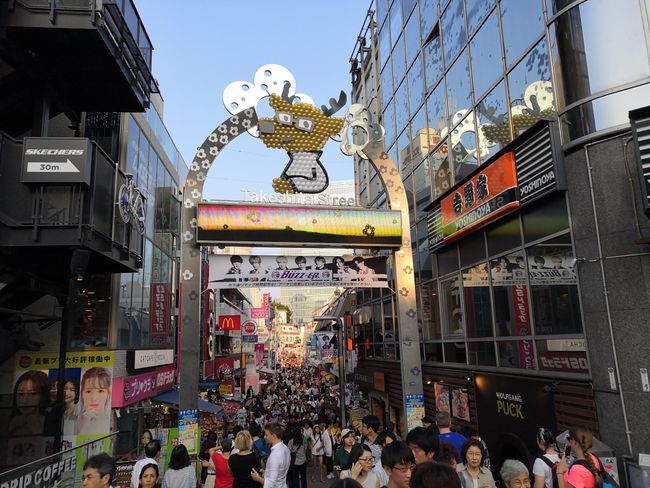
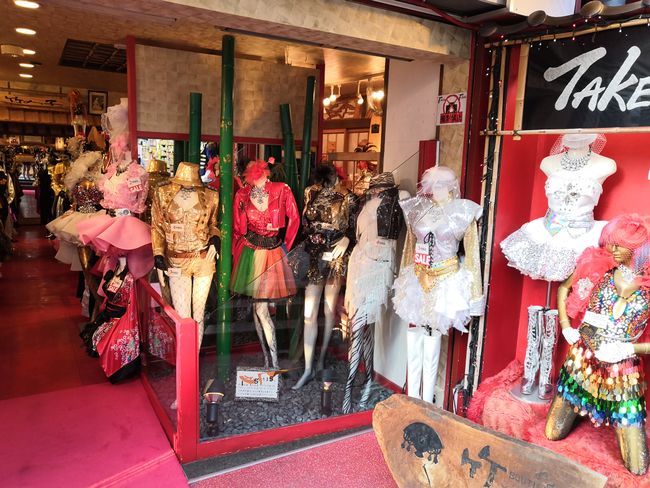
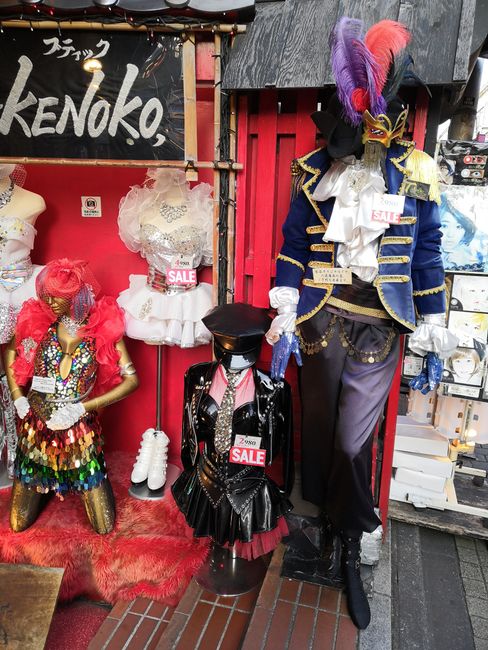
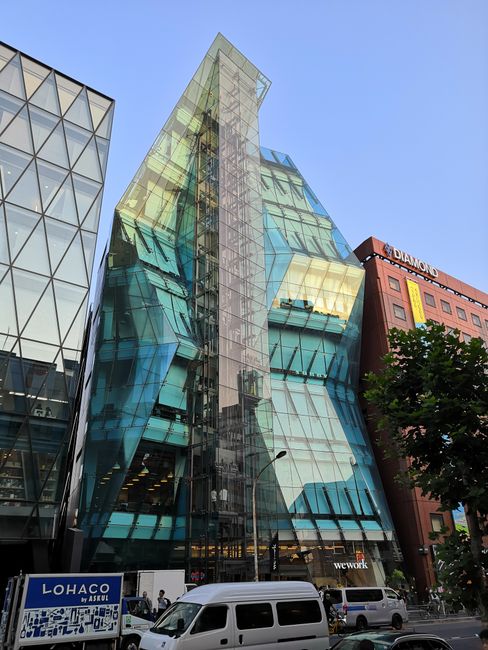
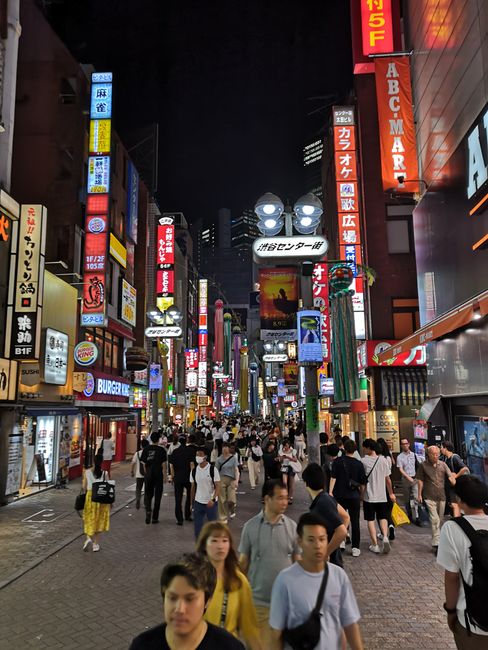
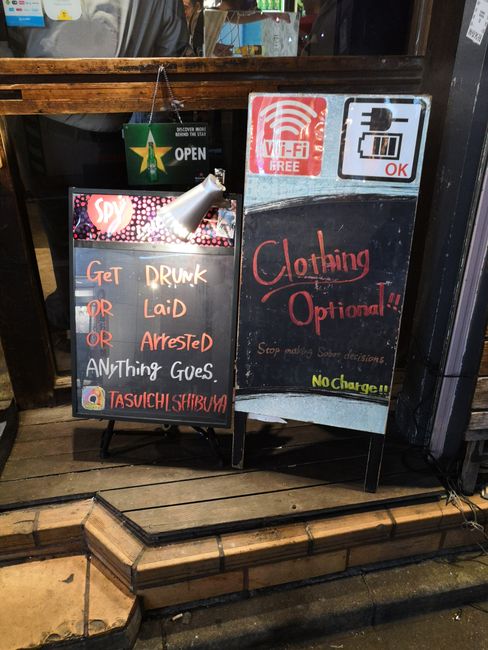
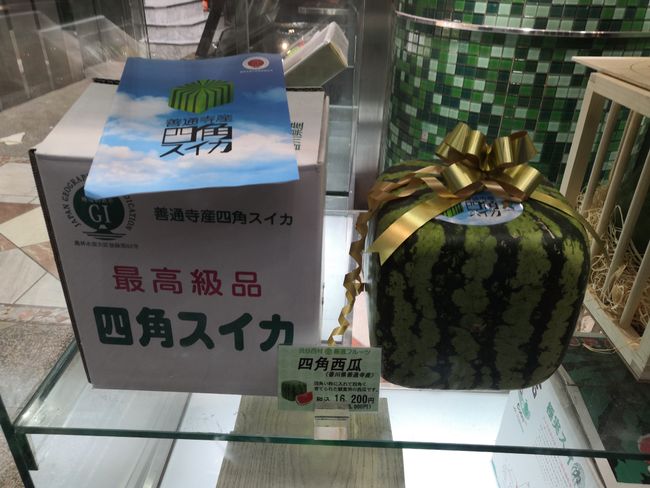
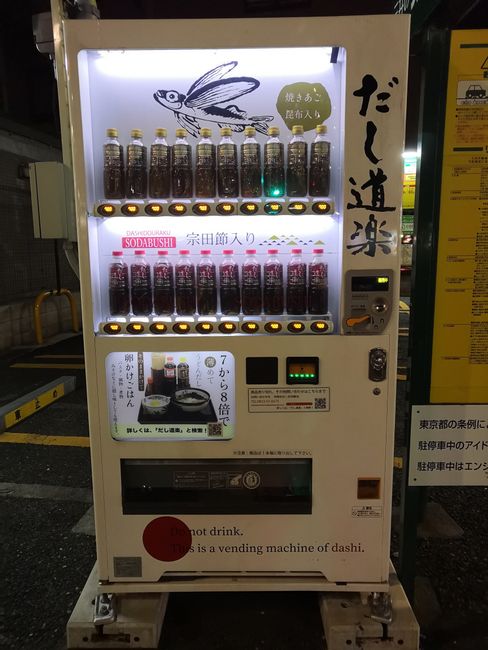
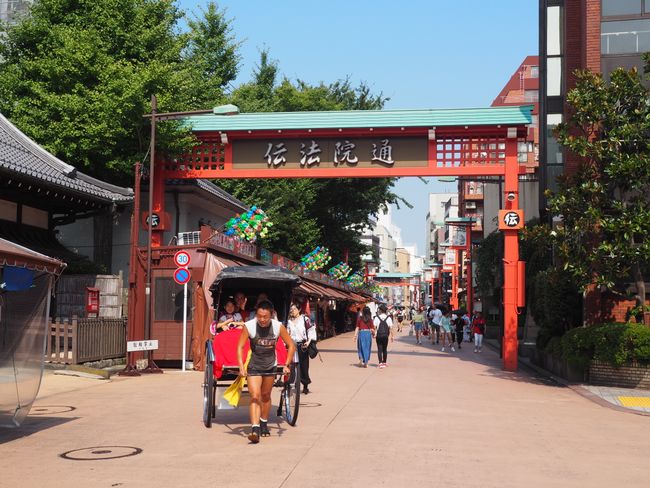
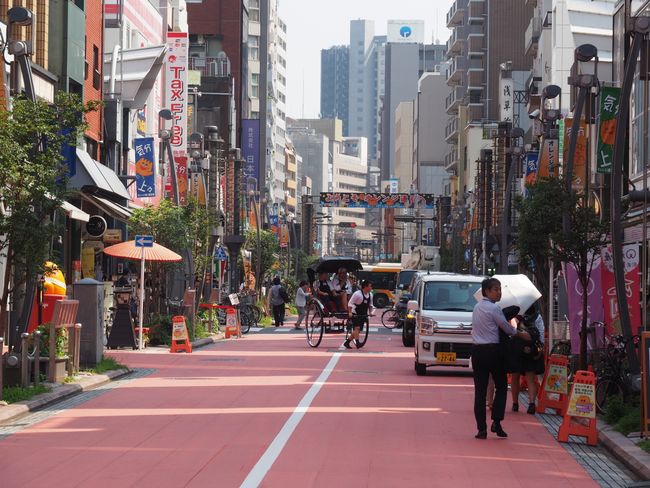
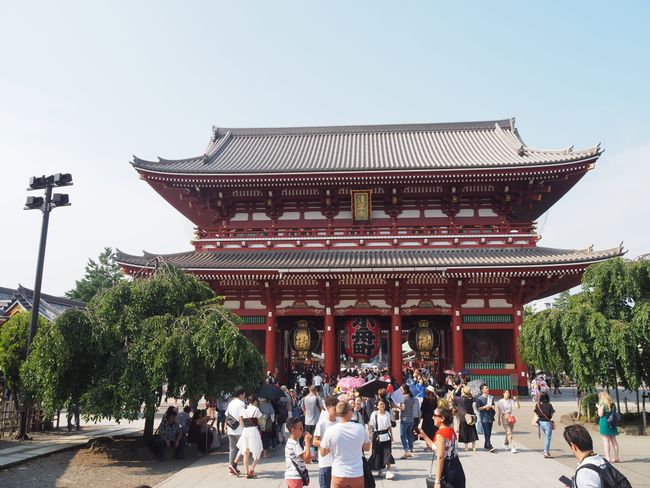
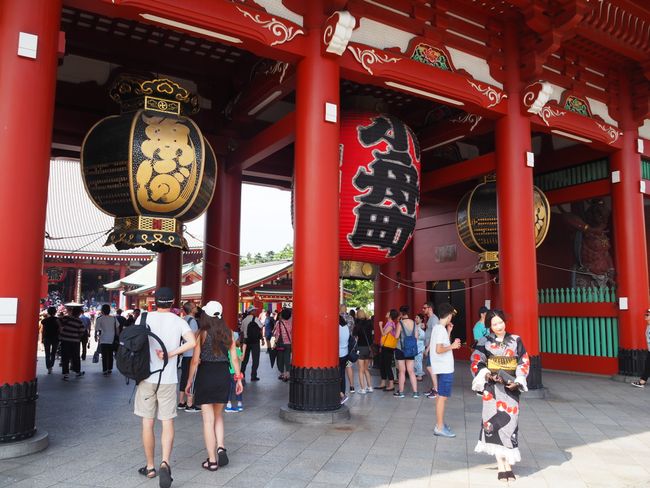
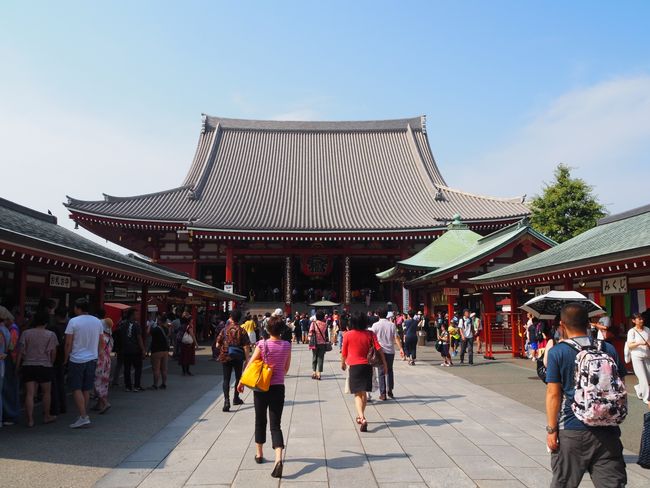
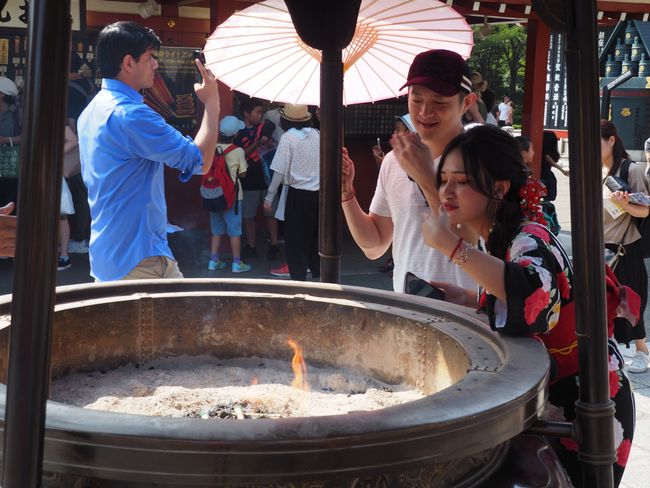
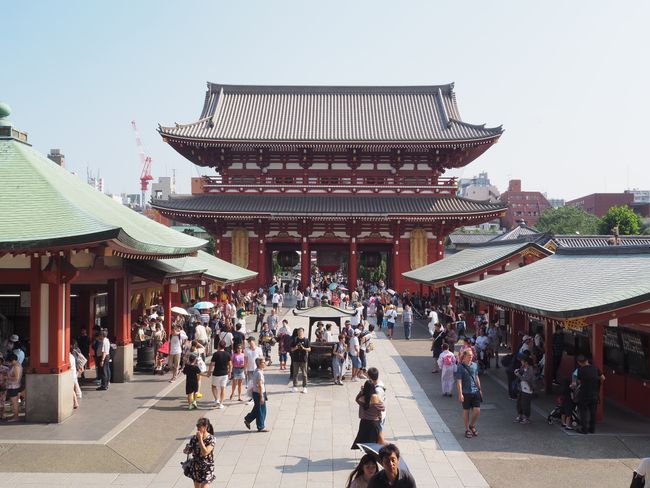
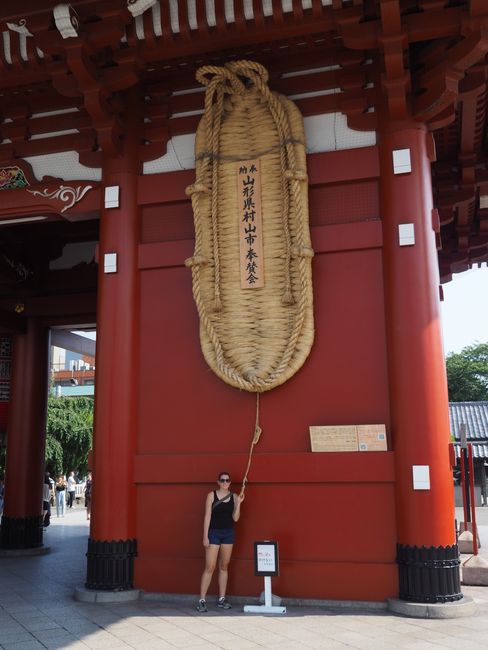
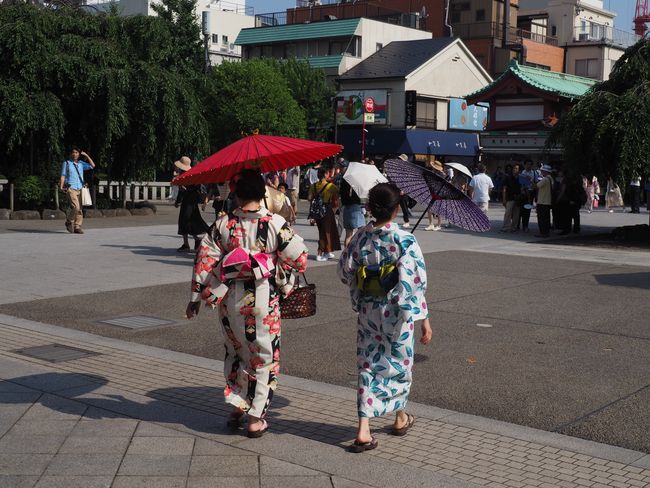
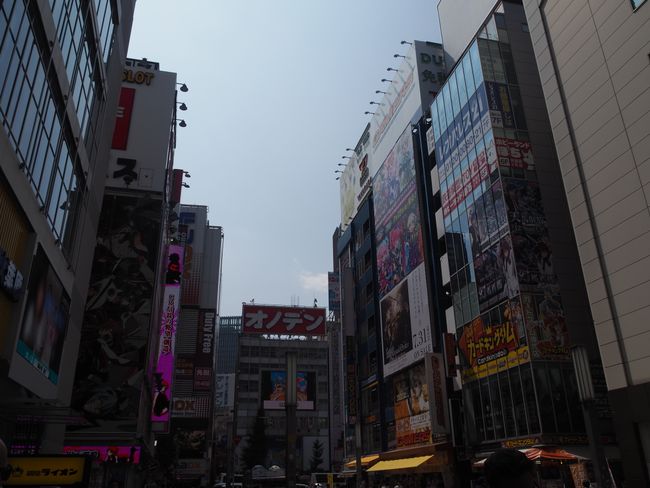
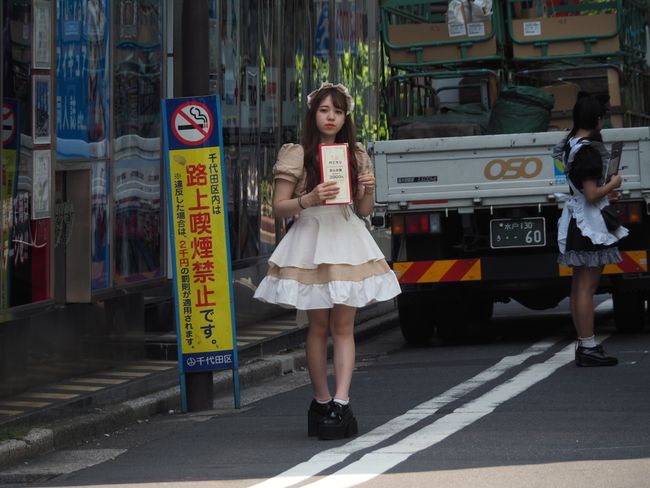
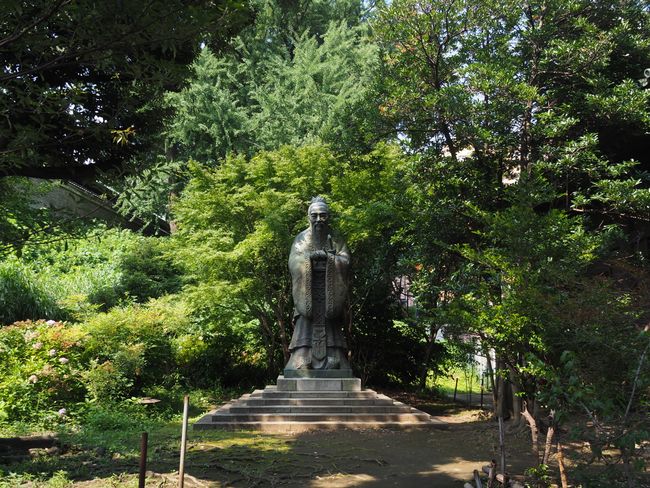
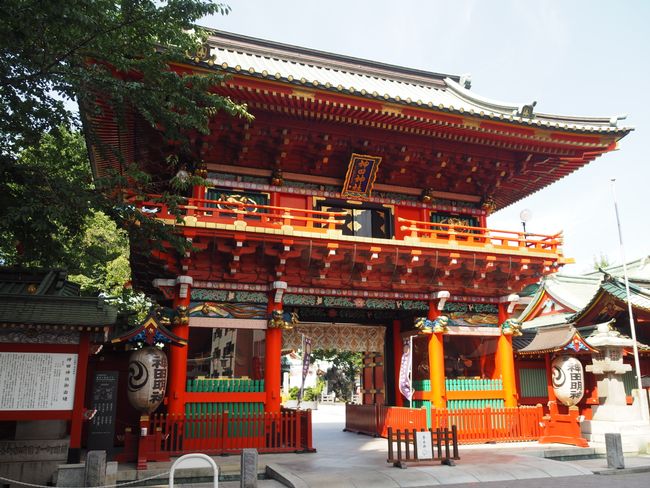

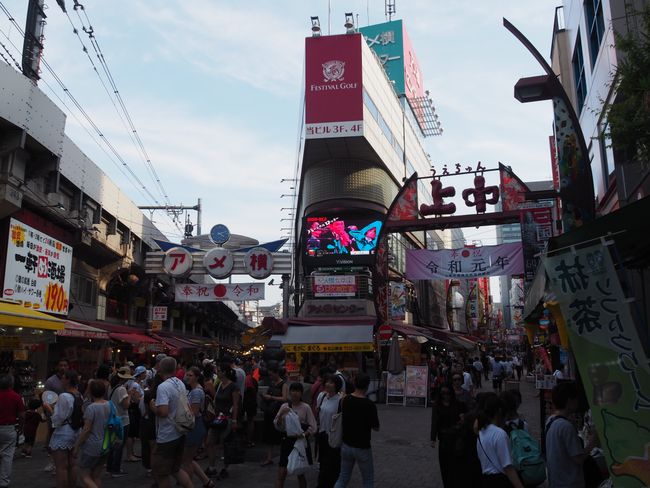
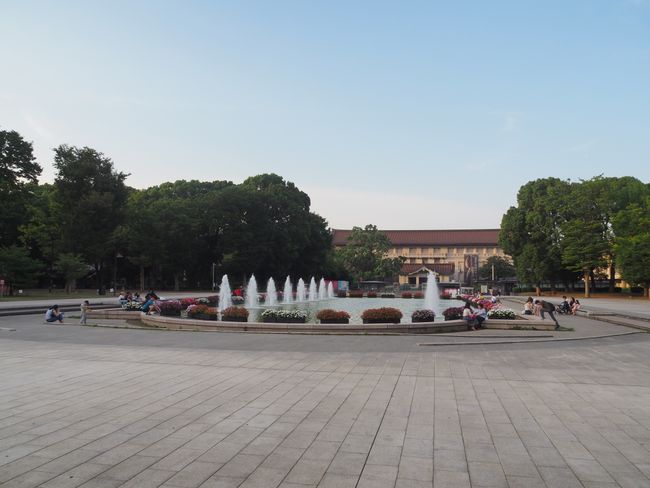
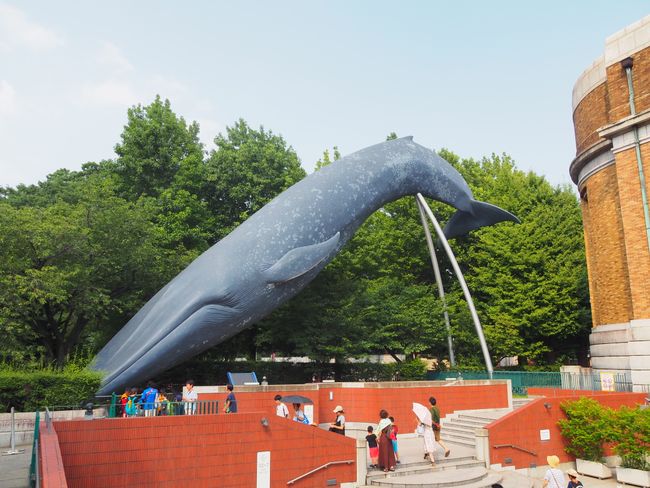
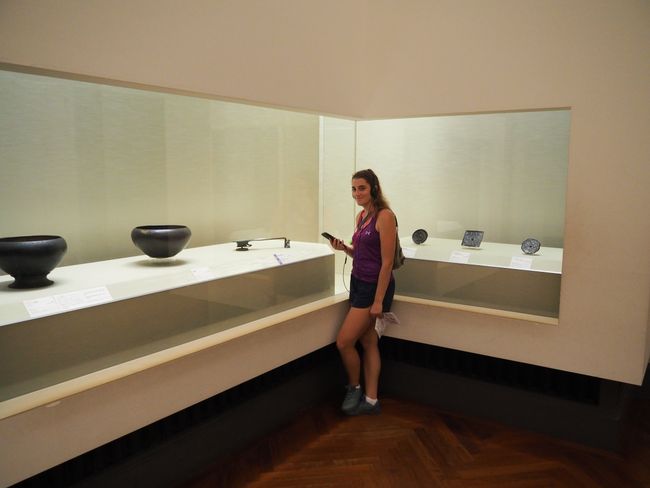
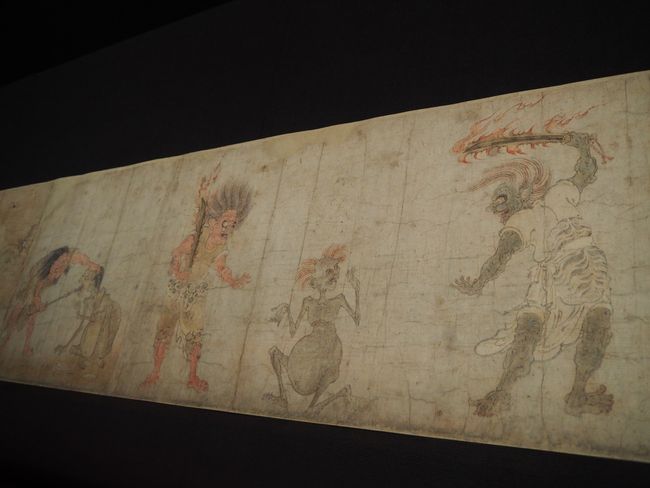
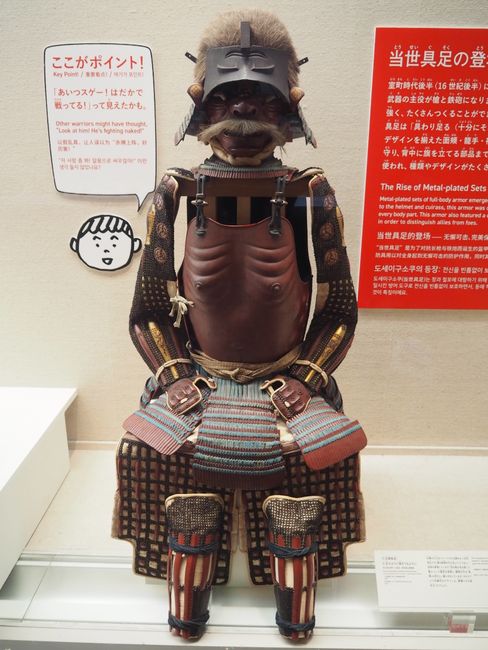
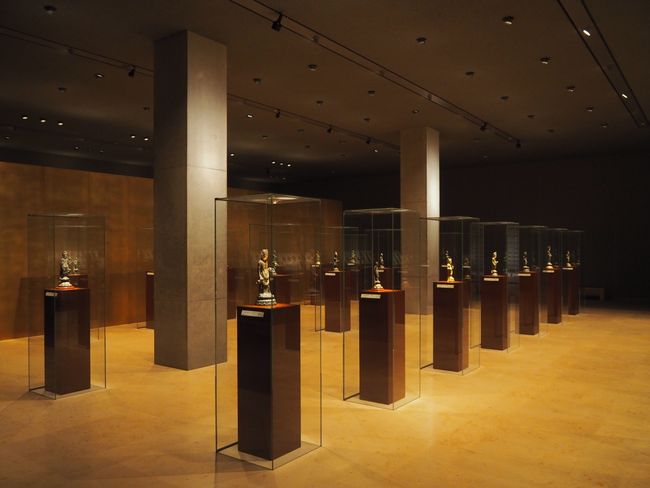
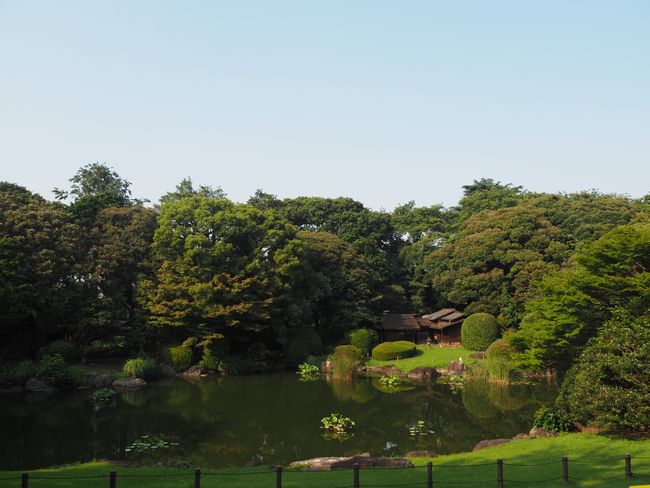
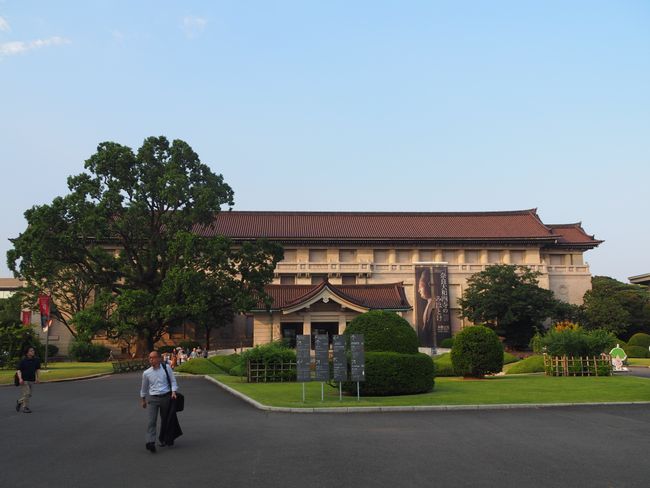
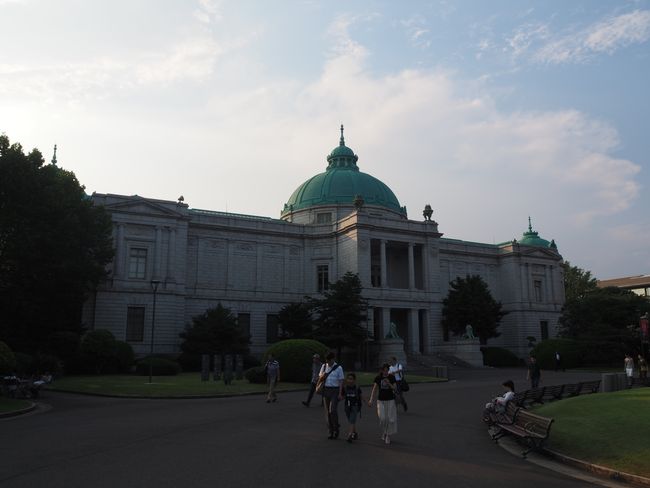
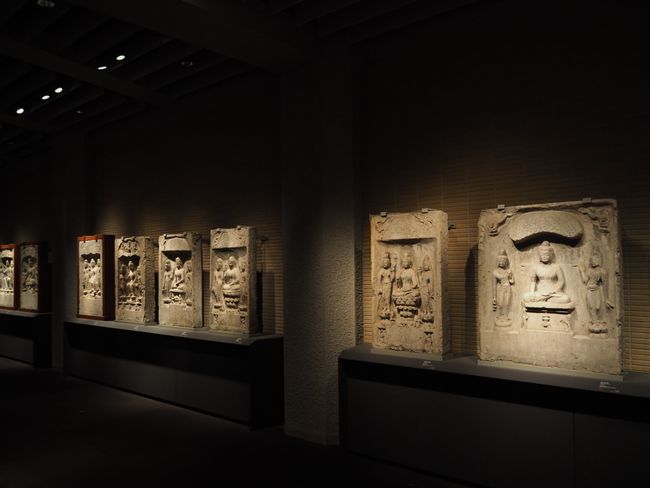
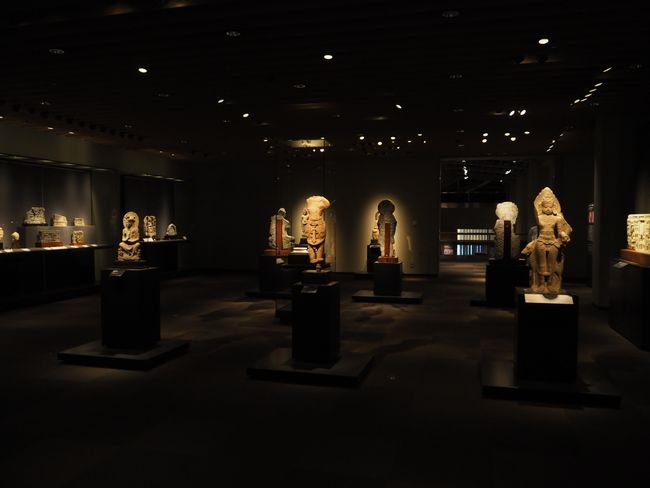
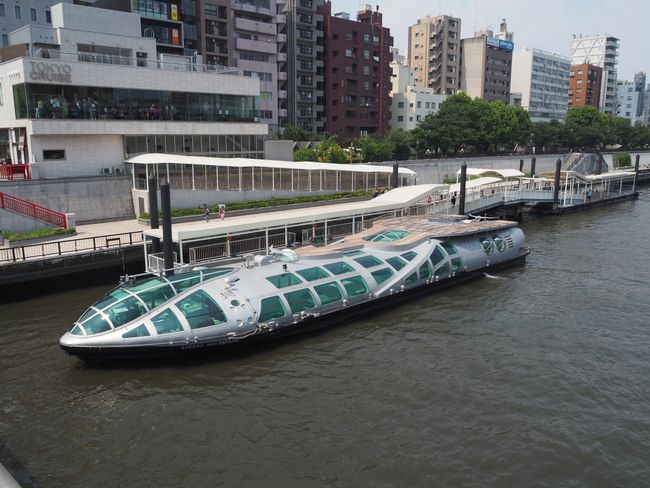
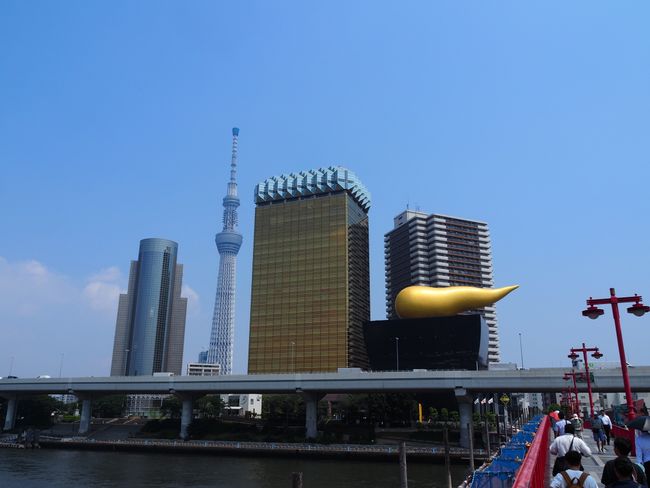
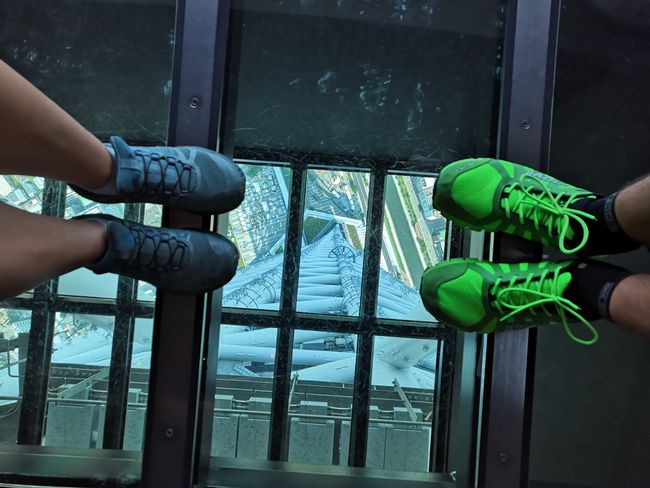
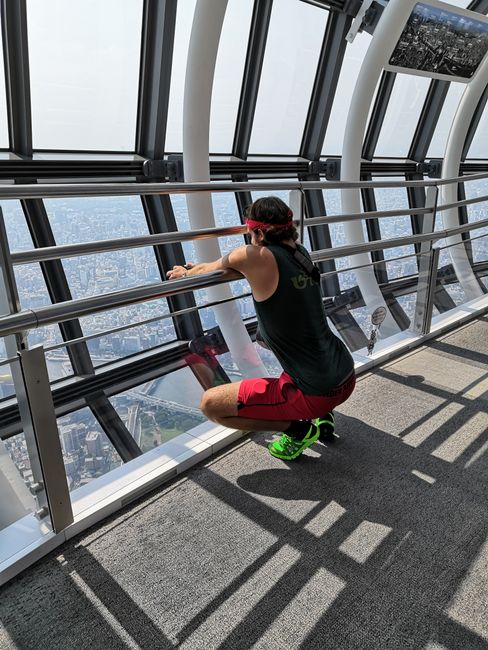
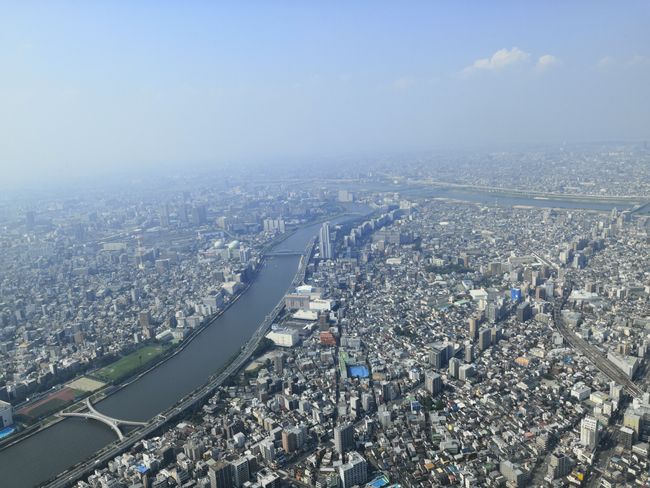
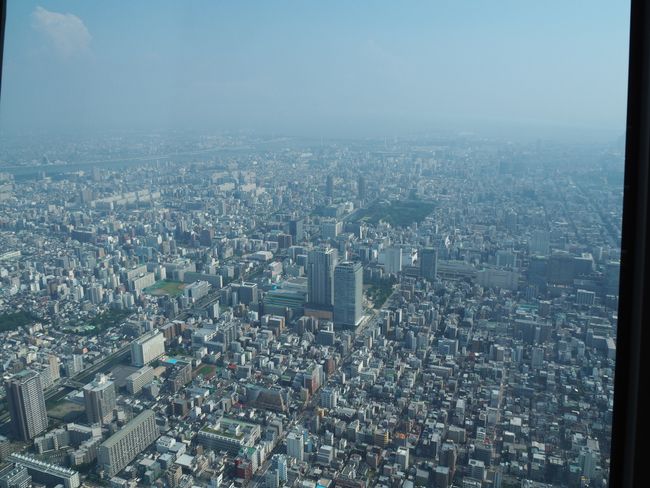
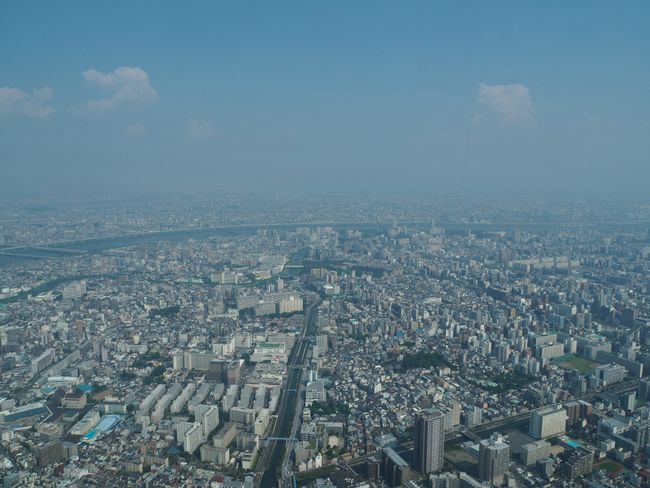
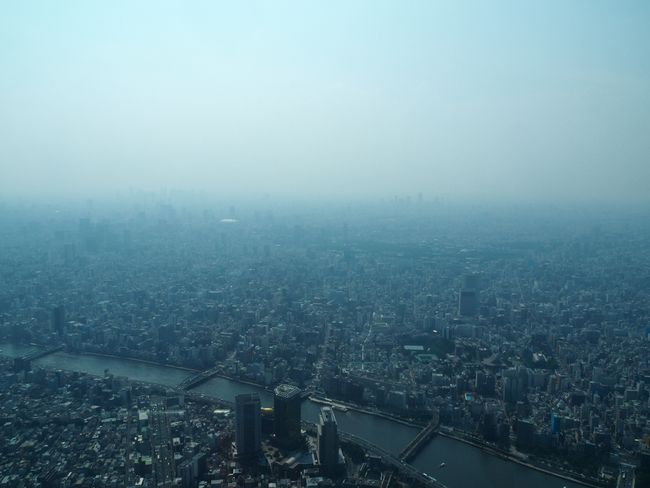
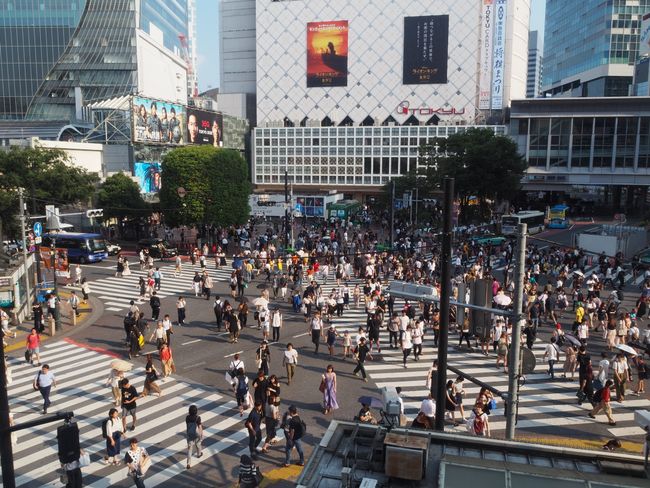
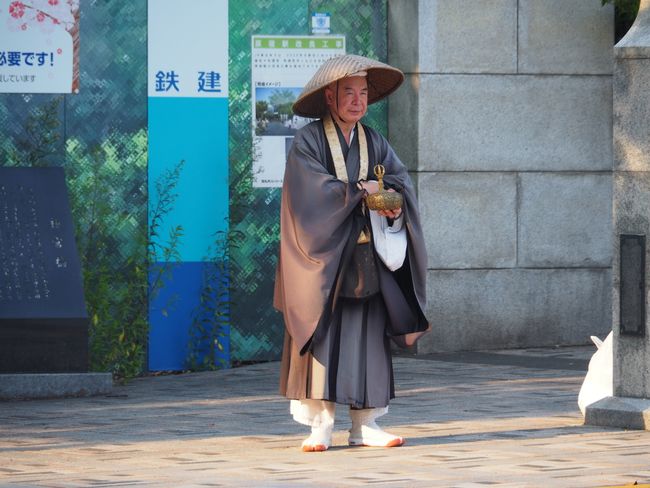
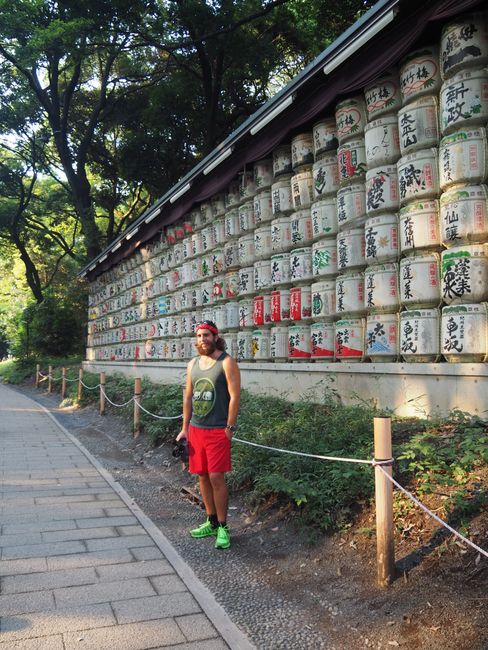
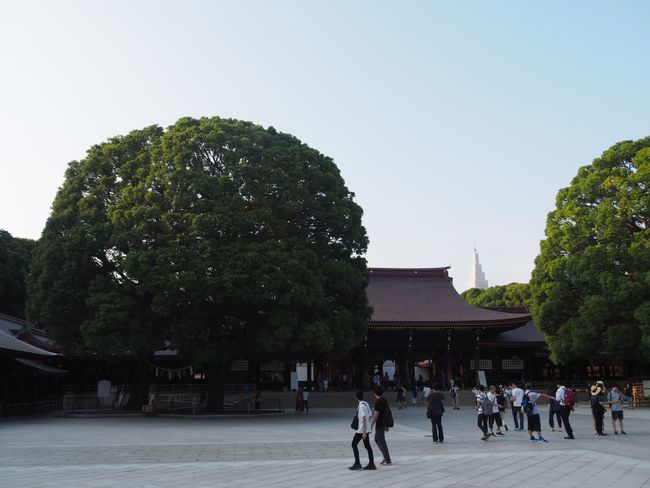
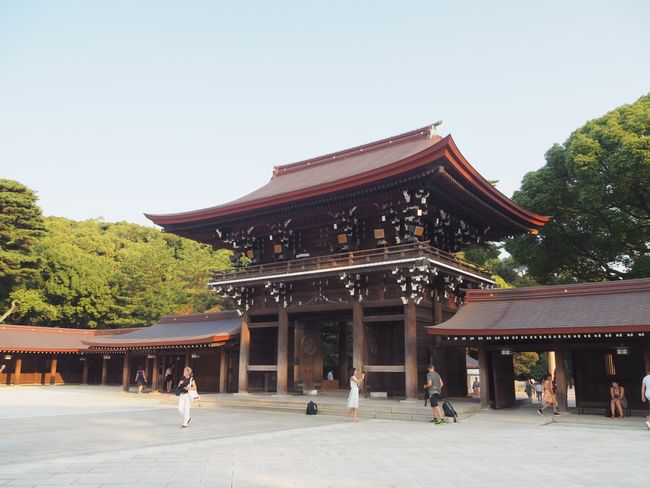
Odoberať novinky
With the Shinkansen, we reach Tokyo, which is over 450 kilometers away, in just two hours. The maximum speed is 320 km/h. A cool experience.
The Tokyo-Yokohama metropolitan area leads the list of the largest metropolitan areas in the world with its approximately 38 million inhabitants. The Tokyo prefecture - there are a total of 47 prefectures in Japan - has around 13 million inhabitants, making it the most populous administrative district in Japan. The prefectures are divided into smaller units. So what we usually refer to as 'Tokyo' actually consists of twenty-three almost independent districts. These have their own mayor and city council. In fact, we visited not different neighborhoods, but completely different cities within Tokyo.
Our small apartment was located in the Taito district of Tokyo. As you know, in densely populated areas, there is usually little space for individuals. Our kingdom consisted of a living/bedroom, a tiny kitchen, and a small bathroom. The low ceiling made the apartment seem even smaller. Mathias had to duck his head each time he passed through the doors. Although our home was a bit cramped overall, we enjoyed having a whole apartment to ourselves once again. The location of our accommodation was also ideal. It was quiet at night since we lived in a residential area, and we could quickly reach the main attractions by metro.
Some things were even within walking distance. Such as the Asakusa district, where the famous Senso-ji Temple is located. This is the oldest and most important Buddhist temple in Tokyo. The former entertainment district lost popularity after World War II. Today, Asakusa is best known for its shopping street, Nakamise. After visiting the temple, we let ourselves be carried away by the crowd through the shopping street. In our opinion, almost all stalls offered the same things: fans, figurines, small amulets, and other souvenirs.
Just as in Osaka and Kyoto, we also took part in a free walking tour in Tokyo, or rather two tours. On the day tour, we learned a lot about the history of Tokyo (formerly Edo) and the culture of Japan. The tour started in Akihabara, which is known for two things: Japanese electronics stores and otaku. Otaku is the Japanese term for a nerd, in this context a fan of video games. Akihabara is particularly known for anime (animation movies) and manga (comics). The maid cafes are special. The waitresses dress up as elegant maids. Our guide tried to explain why Japanese people like to frequent these establishments. Her theory is that in everyday life, especially in work, people have to submit a lot. In the maid cafe, it is exactly the opposite. The girls obey the customers and entertain them (there is no sexual component involved here). We decided against visiting such a cafe. The atmosphere must be extremely strange and peculiar for us Europeans, and it is also not cost-effective. On the way to Ueno Park, the final destination of the tour, we passed the third largest shopping street in Tokyo. We discovered many restaurants and market stalls, including several kebab stands. Once again, we found hidden places through the guided tour.
Ueno Park could be called the museum district of the city. It is home to not only the Tokyo National Museum, but also the Tokyo Royal Museum, the Museum of Western Art, the Museum of Natural Science, the Museum of Japanese Art, and more. We visited the National Museum and the Museum of Natural Science on two different days. Both museums turned out to be huge complexes. The National Museum is housed in several multi-story buildings. We learned a lot about the history of Japan from its beginnings to the present day. After three hours, we left the museum complex tired. Actually, it would have taken a whole day to look at everything in peace. To be honest, a person, or at least we, cannot absorb so much information in one day. The Museum of Natural Science was also enormous. The exhibition was spread over six floors. Unfortunately, not everything was translated into English. This was a shame, especially with the experiments that we could partly carry out ourselves. Without instructions, we were totally clueless. But we really liked the rest of the exhibition.
If you visit Tokyo, you should check out the city's nightlife. This is mainly concentrated in the Shinjuku and Shibuya districts. We visited Shinjuku on a tour to learn more about the nightlife. The group met at Shinjuku Station. With around three million passengers per day, the station, which consists of eleven stations, is one of the busiest train stations in the world. The tour through the streets of Shinjuku was exciting. Fortunately, the guide, who had spent a large part of his life in America, was anything but reserved. This district is home to not only many restaurants and bars, but also the red-light district and numerous love hotels. Prostitution has been banned in Japan since the late 1950s. Consequently, there are other services available in the center of the district. Particularly popular with men and women is visiting a hostess club. Here, you can talk to pretty young ladies and gentlemen. The guide pointed out that many people lose their fortunes because they fall in love unhappily. To us, the whole thing seems rather peculiar. Why would you pay so much money just to talk to someone? The answer probably lies in Japanese culture. When a group of friends goes out together, there is strictly no talking to anyone else who is not part of the group. Not even if you know the person. This not only sounds strange to us but also crazy. No wonder the birth rate in Japan is declining so rapidly... The pictures of the male and female hostesses are displayed on every house wall. Personally, we didn't like the men depicted - they are very feminine - nor the women. Many women strongly resemble Barbie dolls. Everything seems artificial and heavily photoshopped to us (huge eyes, perfect lips, very fair skin, etc.). We liked the many small bars in Shinjuku, which usually also sold small snacks. One bar after another lined the so-called Memory Lane. Most of them had no more than ten seats. After the tour, we went back to Memory Lane with an American couple to taste Japanese beer and various skewers. We really liked the atmosphere. The journey home was a bit cumbersome. Just like in Tokyo, the last subway train runs at midnight. We had trouble finding the right station among the eleven stations around Shinjuku. Unfortunately, the signage was only moderately good as well. With the help of two local ladies, we finally made it and caught our connecting train on time. If you want to enjoy the nightlife in Tokyo, you have two options. Either party all night and take the first subway home, or book a hotel within walking distance. Many Japanese people opt for the first option. They spend their time in a karaoke bar. This may be entertaining as a group, but for the two of us, it was definitely not an alternative.
The second entertainment district is located in Shibuya. With its many shops and modern buildings, Shibuya seemed very hip to us. All the expensive clothing brands are represented in the shopping street. Before starting our exploration, we took some pictures of Tokyo's most famous crossing. When the traffic lights turn green, up to 3,000 people cross the intersection at the same time. It's a huge crowd - fascinating and intimidating at the same time. We encountered above-average numbers of young Japanese people in Shibuya. Many shops are specifically tailored to this demographic.
From the 'Tokyo Sky Tree', the second tallest building in the world at 634 meters, we had an overview of the city. Unfortunately, the smog obscured the view. On clear days, you can see the famous Mount Fuji from the Sky Tree. As far as the eye could see, we saw skyscrapers towering into the sky. The city of Tokyo is simply immense.
From Tokyo, we are flying on to Hong Kong. The next big city is already waiting for us.
Odoberať novinky
Odpoveď
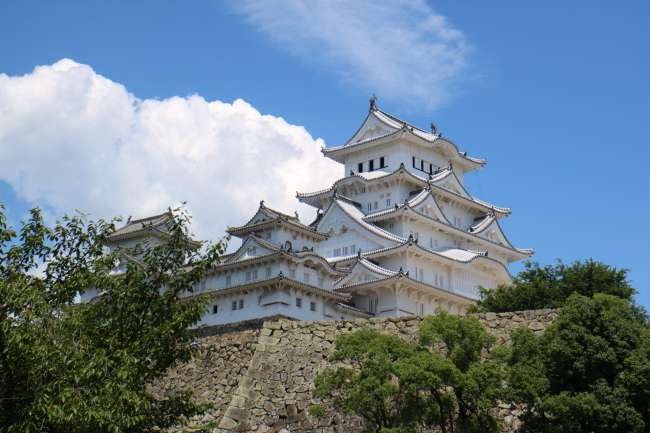
Cestovné prehľady Japonsko
